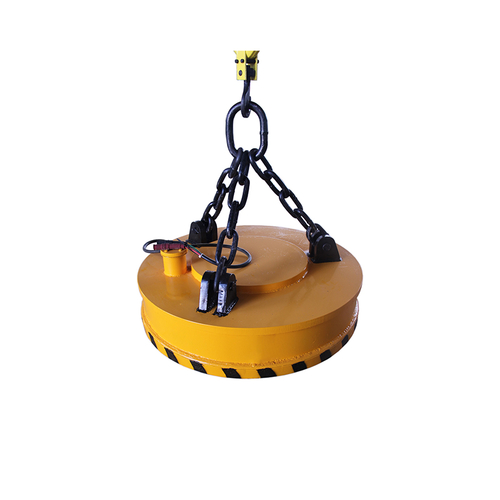The design of an Electric Chain Hoist is fundamental to its efficiency and usability, particularly in environments where space is limited. Confined or tight spaces are common in industries such as construction, manufacturing, and warehouse operations, where heavy lifting is required but room for equipment is scarce. The versatility of an Electric Chain Hoist makes it an ideal solution in such environments, offering compact size, maneuverability, and ease of operation despite spatial constraints.
One of the key design features of an Electric Chain Hoist that contributes to its effectiveness in confined spaces is its compact structure. Unlike larger lifting machines or cranes, an Electric Chain Hoist typically has a more streamlined and condensed body. This smaller form factor allows it to be used in narrow aisles, low-ceiling areas, and overhead spaces where other equipment would be too bulky to maneuver. Whether suspended from a trolley or mounted on a fixed support, the hoist’s design ensures that it can lift heavy loads without requiring a large operational footprint, making it ideal for situations where every inch of space counts.
Another important design consideration is the versatility of mounting options. Electric Chain Hoists can be easily suspended from various structures, such as overhead beams, rails, or cranes, which helps save valuable floor space. The ability to be mounted overhead allows workers to lift and position heavy items without taking up additional space on the ground, which is especially crucial in environments where floor space is limited. The use of a trolley system further enhances this feature, allowing the hoist to travel horizontally along rails, enabling precise movement of the load within tight confines. This mobility is crucial for accessing materials or equipment that may be stored in hard-to-reach areas.
The lightweight nature of many Electric Chain Hoists also contributes to their adaptability in confined spaces. Although capable of lifting heavy loads, these hoists are often designed with materials that minimize weight without sacrificing strength. This lighter weight allows for easier handling and positioning, even in cramped spaces. Technological advancements, such as the integration of high-strength alloys or durable plastics, further reduce the overall size and weight of the hoist while maintaining its lifting capacity and durability.
Another design feature that enhances the usability of an Electric Chain Hoist in tight spaces is its smooth operation and ease of control. Many hoists are equipped with precise, user-friendly controls that allow operators to adjust the lifting height and position with minimal effort. Whether through a pendant control or a wireless remote, these controls provide the operator with the ability to maneuver the hoist easily and make fine adjustments in tight or complex environments. This precision is particularly valuable when navigating narrow passageways or working in areas with low overhead clearance.
Additionally, the design of the chain and load hooks in an Electric Chain Hoist ensures that lifting can be done safely and efficiently in tight spaces. The hoist’s chain is often designed to be shorter and more compact, allowing it to function effectively in areas with minimal vertical clearance. Load hooks are typically designed to accommodate different lifting attachments or slings, further expanding the hoist’s ability to manage various types of loads within confined areas.
The durability and reliability of an Electric Chain Hoist also play a role in ensuring its continued efficiency in tight spaces. Built to withstand harsh conditions and frequent use, these hoists are often equipped with protective features such as dustproof and waterproof casings, which make them suitable for diverse environments, including those with limited ventilation or exposure to the elements. This ruggedness ensures that even in the most constrained conditions, the hoist will perform consistently and without failure.



 English
English Español
Español






